

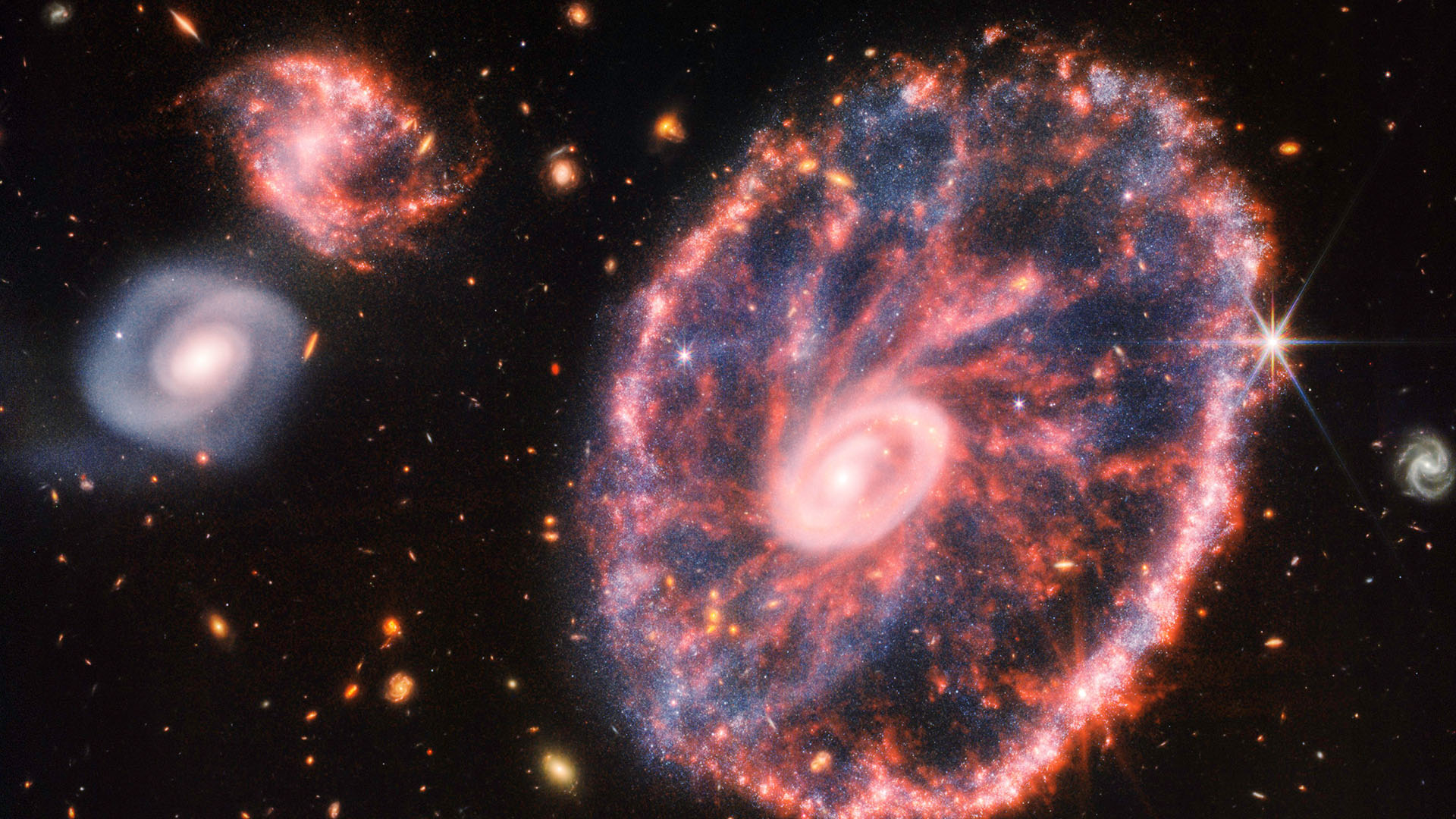
The James Webb Space Telescope has once again taken us on a journey through the depths of space, this time capturing a colorful and detailed image of the Sombrero galaxy. With its powerful mid-infrared instrument, the telescope reveals a new perspective of the galaxy's outer ring, filled with intricate clumps of dust and carbon-containing molecules. Take a look at this breathtaking image and discover a new side of the Sombrero galaxy.
The James Webb Space Telescope Captures a Detailed Image of the Sombrero Galaxy
The James Webb Space Telescope (JWST) has captured a stunning new image of the Sombrero galaxy, offering scientists a fresh perspective on this nearby celestial object. The image reveals intricate details of the galaxy's outer ring, showcasing a vibrant tapestry of dust and carbon-containing molecules.
Background
The Sombrero galaxy, also known as M104, is a relatively close spiral galaxy located approximately 28 million light-years away in the constellation Virgo. It is known for its distinct sombrero-shaped appearance, with a bright central bulge surrounded by a dusty outer ring.
JWST's Observations
The JWST's powerful mid-infrared instrument, known as MIRI, allows it to detect heat and faint light emitted by objects in space. This capability has enabled the telescope to capture an unprecedented view of the Sombrero galaxy's outer ring, revealing a remarkable level of detail.
The image shows intricate clumps of dust and carbon-containing molecules, providing insights into the galaxy's star formation and chemical composition. Scientists believe that these clumps could be regions where new stars are forming, or remnants of supernova explosions.
Implications for Research
The JWST's image of the Sombrero galaxy has significant implications for scientific research. By studying the galaxy's outer ring in unprecedented detail, astronomers hope to gain a better understanding of:
Top 5 FAQs
Q1: What is the James Webb Space Telescope?
A1: The JWST is a next-generation space telescope designed to replace the Hubble Space Telescope. It is a collaboration between NASA, the European Space Agency, and the Canadian Space Agency.
Q2: What is the significance of the Sombrero galaxy image?
A2: The image provides a new perspective on the galaxy's outer ring, revealing intricate details that have never been seen before. It offers scientists valuable insights into star formation and galaxy evolution.
Q3: How different is the JWST image from previous ones?
A3: The JWST image is much sharper and has a higher resolution than previous images of the Sombrero galaxy. It also captured details in the mid-infrared wavelength, which allows scientists to study the galaxy's dust and carbon-containing molecules.
Q4: What are the implications of this image for future research?
A4: The image will help astronomers study star formation, galaxy evolution, and the role of dust in shaping galaxy formation. It will also inform the design of future space telescope missions.
Q5: When will the JWST capture more images of the Sombrero galaxy?
A5: The JWST has completed its initial commissioning phase and is currently undergoing science operations. The telescope is expected to capture more images of the Sombrero galaxy in the future, as part of its ongoing scientific mission.

A team of researchers has developed a groundbreaking algorithm to efficiently transform a given matrix by setting its rows and columns to zero in place. This new algorithm, which has been extensively tested and refined, has the potential to greatly improve the computational efficiency and speed of this common operation in the fields of mathematics and computer science. With this breakthrough, scientists and programmers will have a powerful tool to more effectively manipulate and analyze data in various applications.

Every year on December 22, National Mathematics Day is celebrated to honor the life and achievements of Srinivasa Ramanujan, one of the most influential mathematicians in history. Despite growing up in extreme poverty, his groundbreaking contributions to mathematics continue to inspire researchers today. This day not only celebrates his legacy but also recognizes India's rich history in mathematics and encourages students to explore the world of numbers.
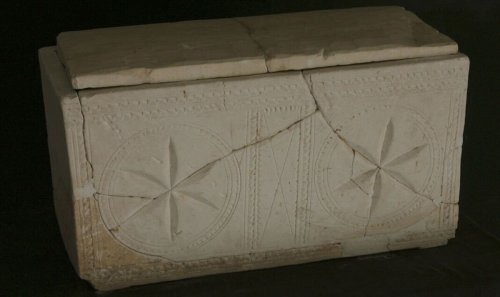
A bone box with the inscription "James, son of Joseph, brother of Jesus" was recently put on display in Atlanta, Georgia. The box is believed to have once held the remains of James the Just, brother of Jesus, making it the oldest physical evidence of Jesus. Despite some controversy and accusations of forgery, the box has been declared authentic by experts.
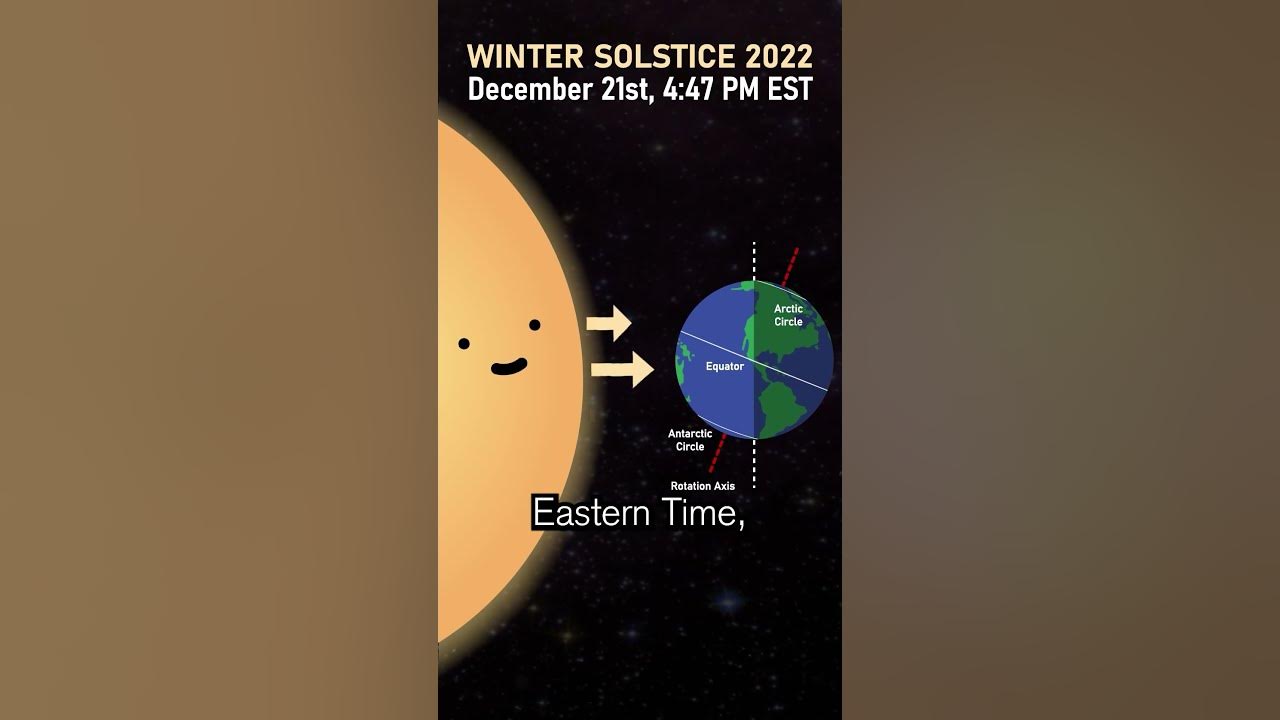
As the winter solstice approaches on December 21st, the Northern Hemisphere will experience the shortest day and longest night of the year. This natural phenomenon has captivated people for centuries, with ancient traditions and festivals taking place around the world. Through science, we can understand why this occurs and how it affects different regions of the world differently.
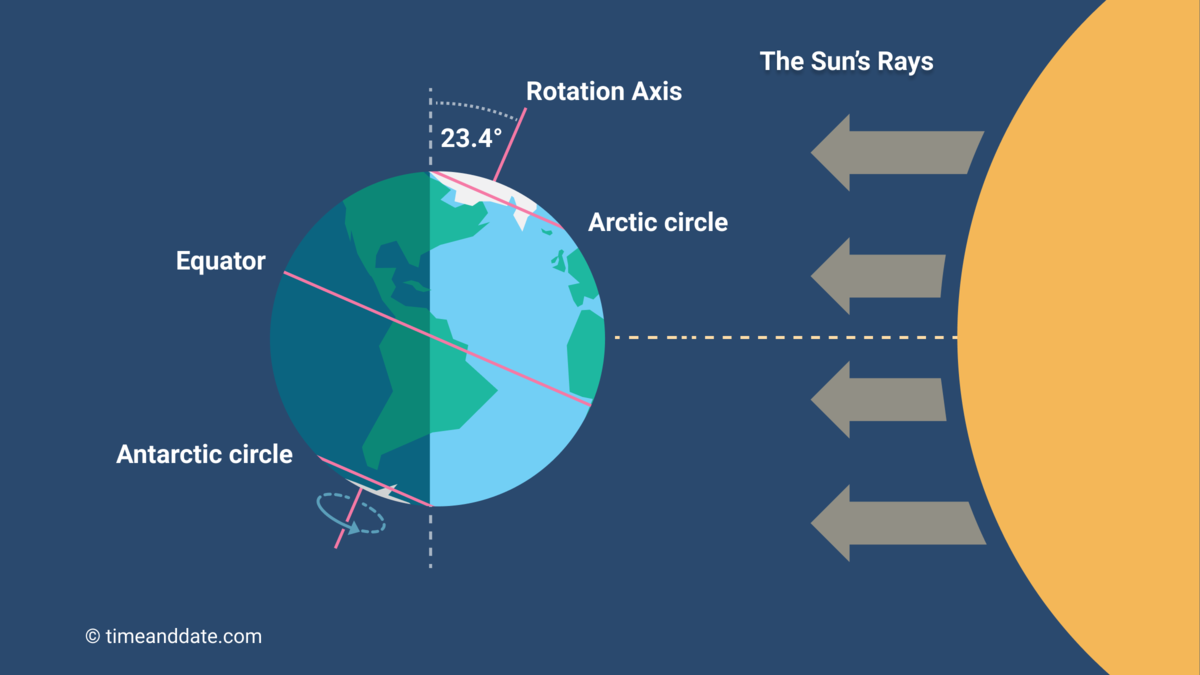
Every year, the Northern Hemisphere experiences the arrival of winter on the winter solstice, which marks the shortest day and longest night due to the Earth's tilt on its axis. As the North Pole is furthest from the sun, it receives the least amount of sunlight, resulting in a gradual lengthening of days towards the arrival of spring. This year, the winter solstice falls on December 21 and will be celebrated by people worldwide in various ways to mark the significant celestial event.
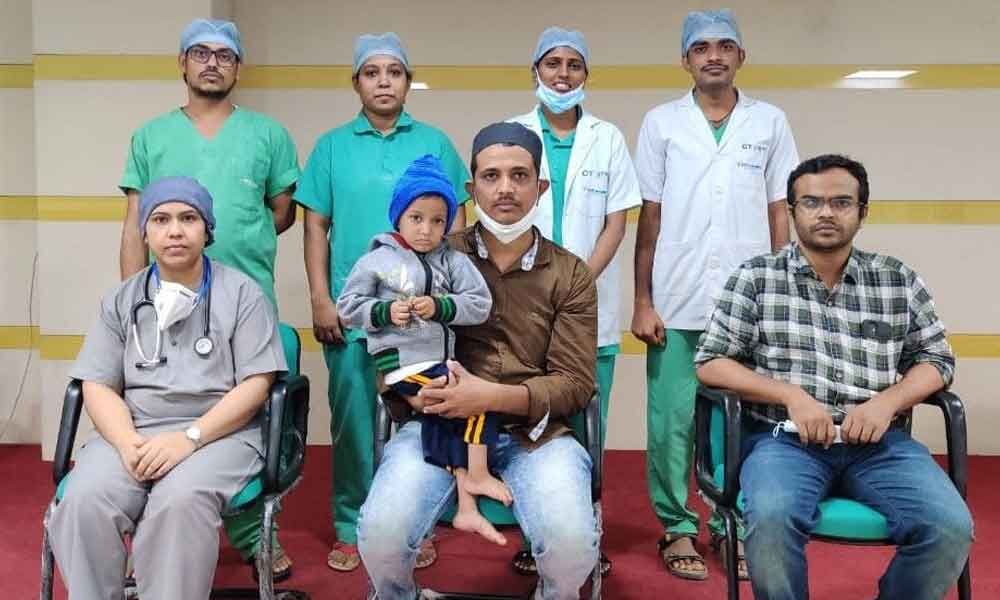
In a miraculous surgery, doctors at Kurnool Government General Hospital successfully removed a one-foot stick from the stomach of a 12-year-old boy who had fallen from a tree and suffered an abdominal injury. The head of the Paediatrics Department, Dr Shiva Kumar, along with doctors from the orthopaedic and anaesthesia departments worked together to perform the three-hour long surgery. The patient, Irfan, is now able to walk on his own and is expected to make a full recovery in a month.
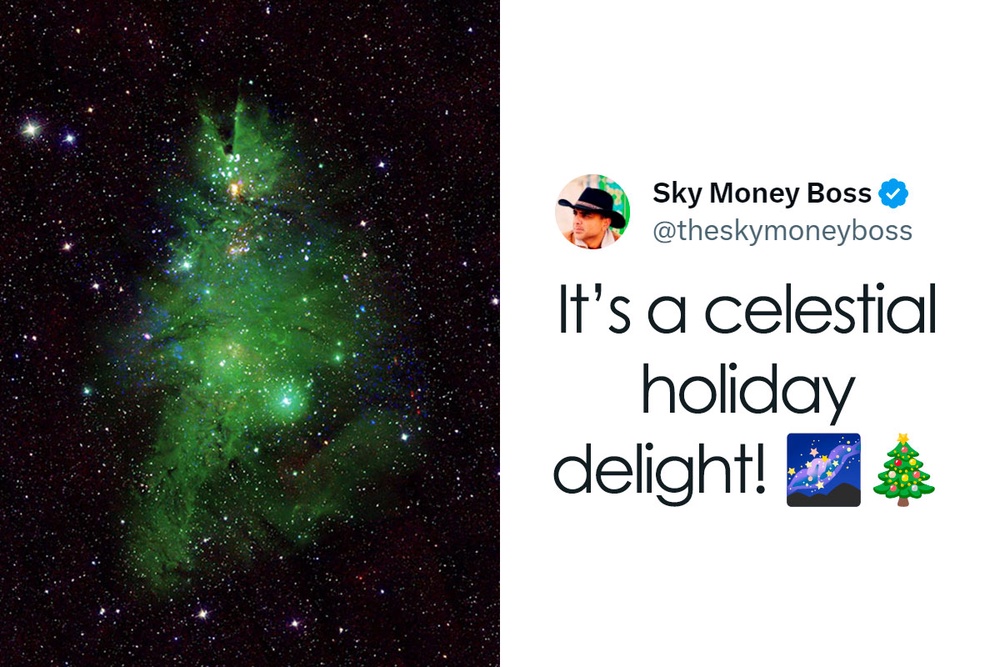
NASA has released stunning new images of two nearby star clusters that resemble a wreath and a Christmas tree. These clusters, known as NGC 602 and NGC 2264, are located in the Small Magellanic Cloud and are made up of young stars. The images were created by combining data from NASA's Chandra X-ray Observatory and James Webb Space Telescope. As we celebrate the winter solstice, take a moment to marvel at these cosmic Christmas decorations.

Vladimir Putin's announcement about the development of a cancer vaccine in Russia has stirred up a wave of hope among patients and experts alike, with its promised release for general use as early as 2025. As the world grapples with the devastating effects of cancer, the Russian vaccine, developed with the help of AI technology, could potentially revolutionize the way we understand and treat the disease. However, with other countries also racing to develop their own versions of cancer vaccines, the competition is stiff, and the details of Putin's claim are yet to be revealed. If successful, this could mean the end of the world's biggest killer.
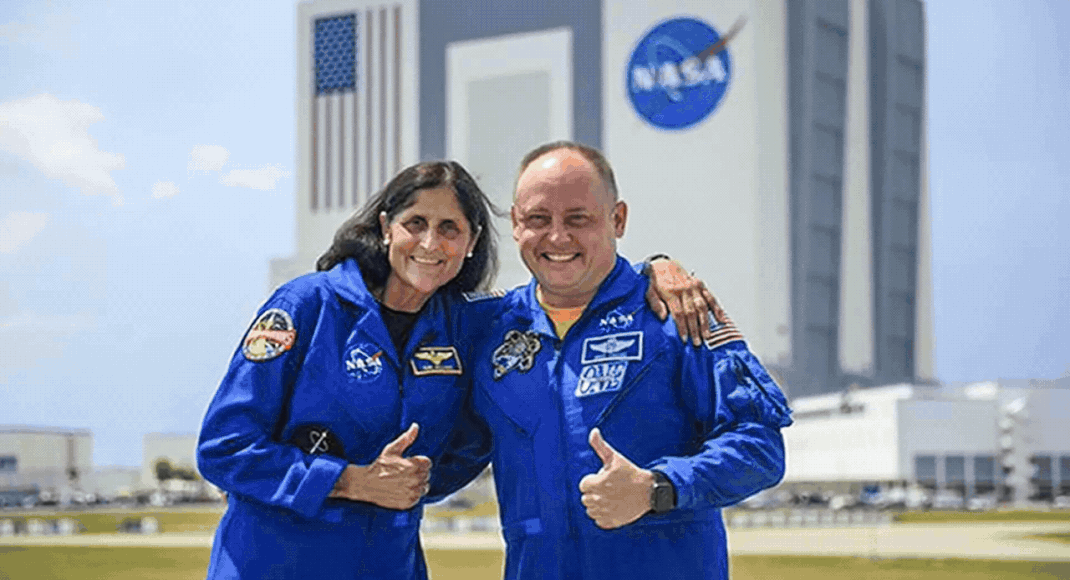
Indian-American astronaut Sunita Williams and her colleague Barry Wilmore have been stuck at the International Space Station for six months due to a malfunctioning spacecraft. Their rescue mission has been further delayed as NASA announced a delay in the return flight on SpaceX's Crew-9 Dragon capsule. They are now expected to spend close to ten months in space, raising concerns about their health as astronauts require twice as many calories in space due to changes in their metabolism. NASA's Commercial Crew Programme Manager has commended the SpaceX team for their efforts in preparing a new spacecraft for the mission.

Russian scientists have developed a vaccine that may be able to treat cancer, offering hope to patients who previously had no guaranteed cure. The vaccine is currently in testing and is expected to be available in early 2025. While there is still more testing to be done, pre-clinical trials have shown promising results in slowing the growth and spread of cancer. It will be available for free in Russia, but there is no information yet on which types of cancer it will treat or what the name of the vaccine will be. Similar treatments are also being developed in other countries, such as the UK.